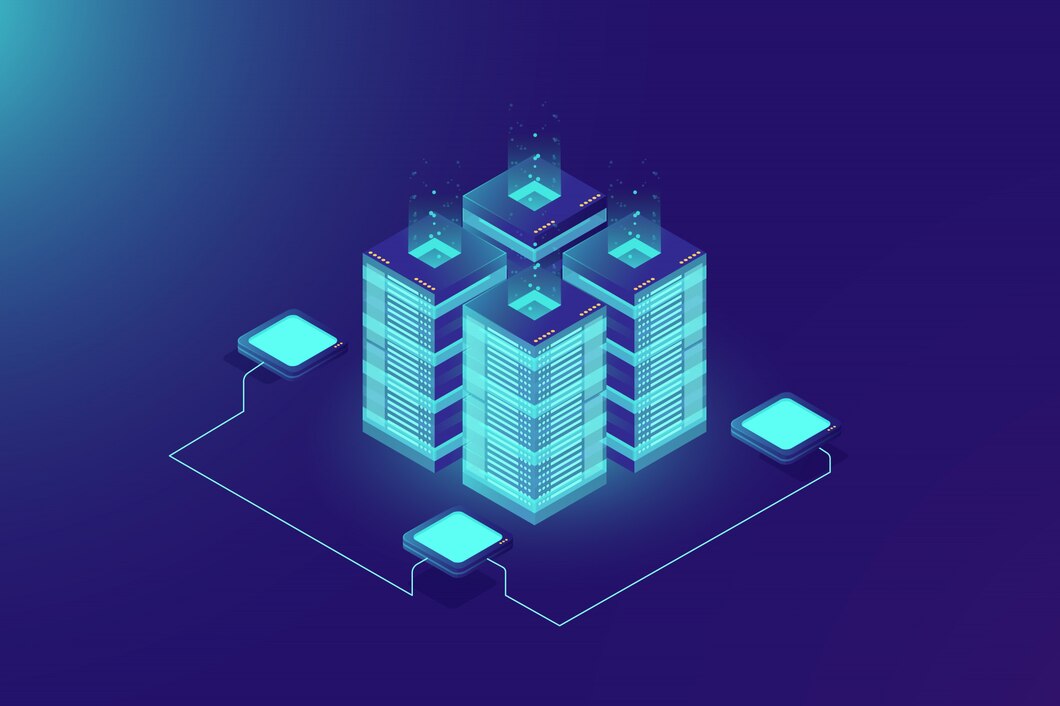Inefficiencies in Your Tech Infrastructure? Here’s How We Solve Them
In today’s fast-paced business environment, organizations rely heavily on their technology infrastructure to support operations, drive innovation, and stay competitive. However, many organizations struggle with inefficiencies in their tech infrastructure, leading to wasted resources, decreased productivity, and hindered growth.
Table of Contents
Identifying Inefficiencies
Common inefficiencies in tech infrastructure include:
- Resource Underutilization: Not fully utilizing available hardware and software resources, leading to higher costs and lower performance.
- Manual Processes: Relying on manual tasks and workflows that are time-consuming and prone to errors.
- Legacy Systems: Using outdated technology that is no longer supported or optimized for current needs.
- Data Silos: Disconnected data stores that prevent seamless information flow and collaboration.
- Security Vulnerabilities: Weak security measures that expose the organization to risks and compliance issues.
Impact of Inefficiencies
These inefficiencies can have significant negative impacts, including:
- Increased Costs: Higher spending on maintenance, upgrades, and operational expenses.
- Reduced Productivity: Employees spend more time on mundane tasks rather than strategic activities.
- Delayed Time-to-Market: Slower development cycles and longer deployment times.
- Poor User Experience: Downtime, slow performance, and unreliable services affect both internal users and customers.
- Compliance Risks: Non-compliance with regulations due to inadequate security and data management practices.
Solutions to Address Inefficiencies
To tackle these inefficiencies, organizations can implement the following strategies:
Assess and Optimize Resource Utilization
- Analyze Usage Patterns: Use monitoring tools to track resource consumption and identify underutilized assets.
- Implement Auto-scaling: Dynamically adjust resource allocation based on demand to ensure optimal performance without waste.
- Virtualization and Containerization: Consolidate workloads onto fewer physical servers using virtual machines or containers to maximize resource utilization.
Automate Manual Processes
Workflow Automation: Implement tools and scripts to automate repetitive tasks, such as data entry, report generation, and system updates.
- Robotic Process Automation (RPA): Use RPA bots to handle rule-based processes, freeing up human resources for more complex tasks.
- Integrate Systems: Use APIs and middleware to connect disparate systems, enabling automated data exchange and streamlined workflows.
- Modernize Legacy Systems
- Upgrade Hardware and Software: Replace outdated technology with modern, efficient alternatives that offer better performance and support.
- Cloud Migration: Move applications and data to cloud platforms to benefit from scalable resources, enhanced security, and reduced maintenance burdens.
- Application Refactoring: Update legacy applications to more modern architectures, such as microservices, to improve flexibility and maintainability.
Break Down Data Silos
Implement Data Integration Platforms: Use ETL (Extract, Transform, Load) tools or data integration platforms to consolidate data from various sources into a unified repository.
Data Warehousing and Lakes: Centralize data in data warehouses or lakes for easier access and analysis.
APIs and Data Sharing Protocols: Establish standardized APIs and protocols to facilitate secure data sharing across departments and systems.
Enhance Security Measures
- Regular Audits and Assessments: Conduct periodic security assessments to identify vulnerabilities and compliance gaps.
- Implement Multi-Factor Authentication (MFA): Strengthen access controls by requiring multiple forms of identification.
- Encryption: Encrypt sensitive data both at rest and in transit to protect against unauthorized access.
- Employee Training: Educate employees about security best practices and the importance of maintaining a secure environment.
Case Study: XYZ Corporation
XYZ Corporation, a mid-sized manufacturing firm, was experiencing inefficiencies due to aging IT infrastructure and manual processes. By implementing the strategies outlined above, they achieved the following improvements:
Cost Savings: Reduced IT spending by 20% through optimized resource utilization and cloud migration.
Productivity Boost: Increased employee productivity by 30% by automating routine tasks and improving data accessibility.
Time-to-Market Reduction: Cut product development time by 40% through streamlined workflows and modernized systems.
Enhanced Security: Achieved full compliance with industry regulations and significantly reduced the risk of security breaches.
Conclusion
Addressing inefficiencies in your tech infrastructure is essential for achieving operational excellence, cost savings, and sustainable growth. By assessing and optimizing resource utilization, automating manual processes, modernizing legacy systems, breaking down data silos, and enhancing security measures, organizations can unlock the full potential of their technology assets. Investing in these solutions not only resolves current inefficiencies but also positions the organization for future success in an increasingly digital world.







